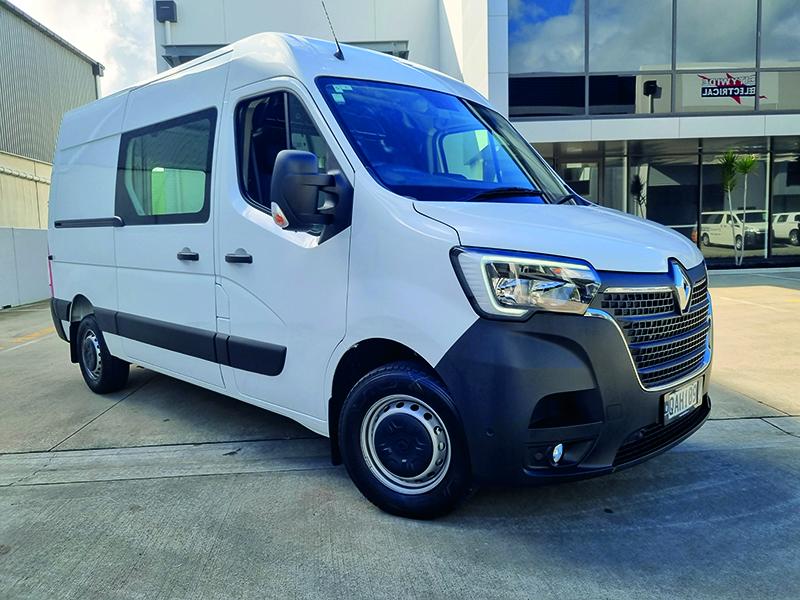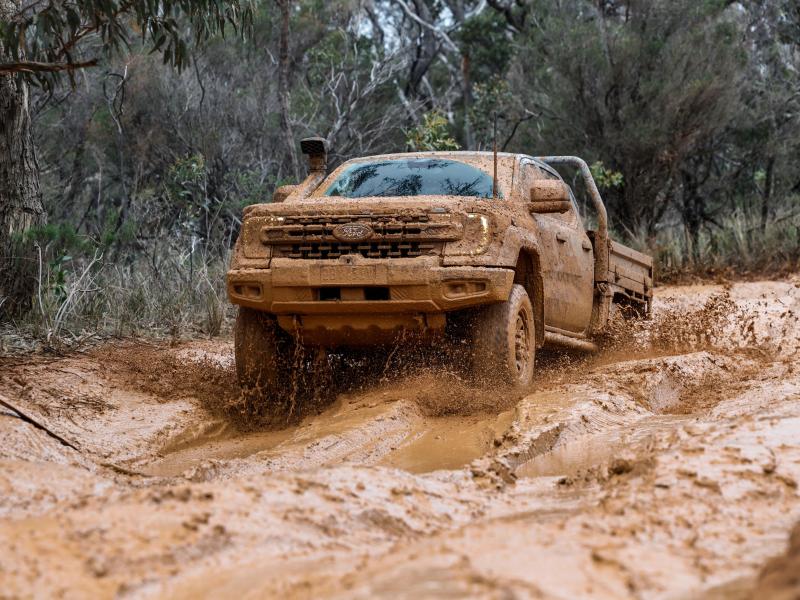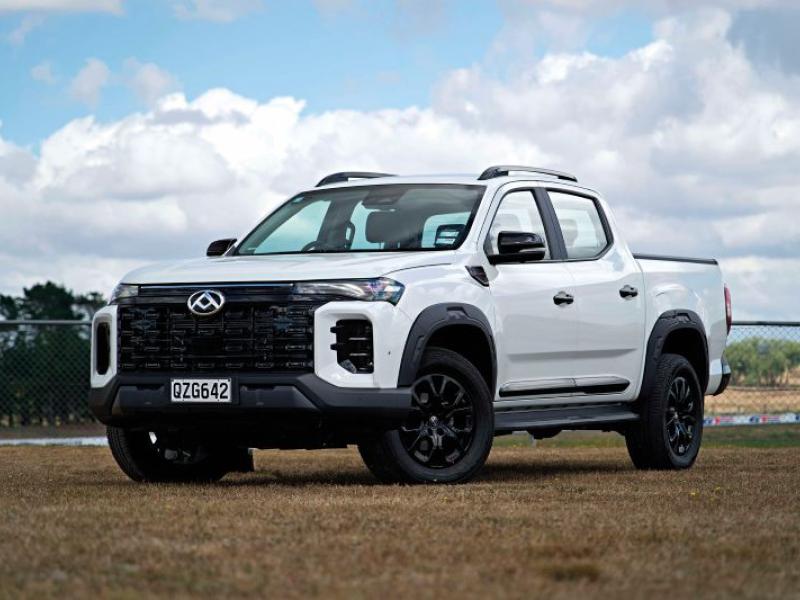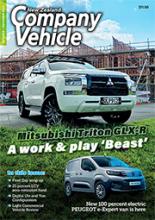Possibly the commercial van with the best name ever, the Renault Master is essentially one van, but a Jacque of all trades.
New Zealand is home to five models of the Master van, including a factory-built minibus, but from a purely commercial standpoint, Master is available in short, medium, long and XL wheelbase variants with all but the XL model featuring the same engine with the same outputs.
The MWB you see here is perhaps the most commonly found Master on our roads, at least as far as commercial vehicles are concerned.
ln saying this, a good many Master vans have found their way into the tourism sector as campervans, both privately owned and as core product for the rental camper market where the 2.3 turbo diesel with its intercooler and direct injection engine really comes into its own.
For the commercial user, the MWB is a sizeable van offering 11 cubic metres in its 3083mm long, 1765mm wide, 1894mm high cargo area which can be accessed by twin side slider and dual rear 270 degree opening barn door.
It’s not a raw interior either. The Master comes standard with cargo area lining tie down points, a 12-volt power socket and interior lighting and perhaps most critically a steel bulkhead with a window – all you need as the basis for a fully customised fit-out.
And this takes us neatly into the cabin which is easily described as ‘comfortably functional’.
Renault is very good at passenger vehicle interiors, even if the screen sizes could be a little larger – look to the Arkana for proof. It stands to reason that this expertise would translate into the commercial vehicle realm, especially since Renault has a substantial reputation in heavy commercial.
The Master’s cabin is roomy, quiet and – once you get used to the universal symbols and inherent French quirkiness of the controls – well set up. The seats, however, are well worthy of note.
I’m an average weight human with an underweight crew person. At 100 mumble mumble kilos I found the driver’s seat to be excellent, well supported, easily adjustable – if all manual – and ergonomically speaking, well setup for easy access to everything.
My crewperson felt the seats to be challenging inasmuch as she felt she was sitting on the seats rather than in them but at 65kgs after a swim, a well supportive seat like that of the Master is probably not going to register that she’s even there.
The Master has a practical cabin, so it’s not especially pretty or decked out with various tactile surfaces, it’s not graced with different shades or colours and its not at all car-like, but that’s OK.
You do get a seven-inch touchscreen with inbuilt satellite navigation, reversing camera, Apple CarPlay and Android Auto compatibility complementing the Bluetooth connectivity.
In terms of safety, the Master has added blind spot monitoring and lane departure warning to keep it current with modern safety requirements. In addition to this, Master is equipped with Renault’s Grip X-Tend for enhanced traction on soft ground, making it useful on the building site.
Renault is not trying to make a working van something it isn’t, but rather deliver a vehicle which can deliver all day, every day and with a 1583kg payload and a 2500kg braked towing capacity, it can certainly do that.
All Masters – barring the XL, which is also the only Master available as a rear-wheel-drive – run a six-speed Automated Manual Transmission or AMT.
This transmission can be a clutch-less manual transmission operated by the driver or can function as a full self-shifter with an automatic actuator to handle the gear selection.
Generally speaking, AMTs have more pros than cons. The pros include fuel efficiency, cheaper production (reducing the overall cost of the vehicle), ease of dense traffic driving and the ability to switch between full manual or full automatic on demand.
AMTs do require some getting used to, but it has to be said that Renault’s AMT systems are among the better ones.
What is perhaps most striking about the Master is its distinctive appearance, especially from the front, where Renault has crafted a family face which it has successfully transferred to the smaller Trafic and the smallest Kangoo to create a cohesive look to its commercial family.






